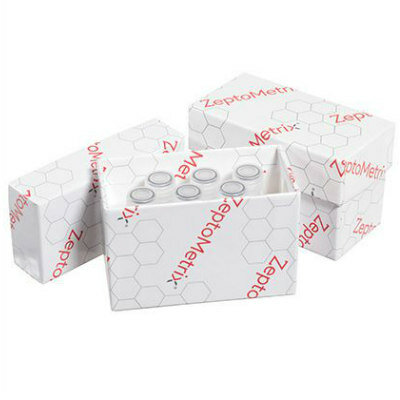Increasing Cell Production Could Aid in the Treatment of Liver Disease
By LabMedica International staff writers
Posted on 19 Mar 2012
Scientists have provided clues into how the liver repairs itself with research that could help develop drugs to treat liver disease.Posted on 19 Mar 2012
Researchers from the Medical Research Council (MRC) Center for Regenerative Medicine at the University of Edinburgh (Scotland, UK) have discovered how to enhance the production of key cells needed to repair damaged liver tissue.
The study, published March 4, 2012, in the journal Nature Medicine, could help heal livers affected by diseases such as cirrhosis or chronic hepatitis. Scientists were able to unravel the process of how different cells in the liver are formed. When the liver is injured, it generates too many bile duct cells and not enough hepatocytes, which the liver needs to repair damaged tissue. The scientists found they could increase the number of hepatocyte cells--which detoxify the liver--by encouraging these cells to be produced instead of bile duct cells.
Determining how liver cells are formed could help to develop drugs to boost the production of hepatocytes to repair liver tissue. This could ultimately lessen the pressure on waiting lists for liver transplants.
Prof. Stuart Forbes, associate director at the MRC Center for Regenerative Medicine at the University of Edinburgh, who is a consultant hepatologist and was the academic leader of the study, said, “Liver disease is on the increase in the UK and is one of the top five killers. Increasing numbers of patients are in need of liver transplants, but the supply of donated organs is not keeping pace with the demand. If we can find ways to encourage the liver to heal itself then we could ease the pressure on waiting lists for liver transplants.”
The generation of hepatocyte cells was increased by changing the expression of specific genes in early stage liver cells. Dr. Luke Boulter, from the University of Edinburgh’s MRC Center for Regenerative Medicine and first author on the article, said, “This research helps us know how to increase numbers of cells that are needed for healthy liver function and could pave the way for finding drugs that help liver repair. Understanding the process in which cells in the liver are formed is key in looking at ways to repair damaged liver tissue.”
Dr. Rob Buckle, head of regenerative medicine at the MRC, said, “Liver transplants have saved countless lives over the years, but demand will inevitably outstrip supply and in the long term we need to look beyond replacing damaged tissues to exploiting the regenerative potential of the human body. The MRC continues to invest heavily across the breadth of approaches that might deliver the promise of regenerative medicine, and this study opens up the possibility of applying our increasing knowledge of stem cell biology to stimulate the body’s own dormant repair processes as a basis for future therapy.”
The study was performed in collaboration with the University’s MRC Center for Inflammation Research, the Beatson Institute for Cancer Research (Glasgow, Scotland, UK), and the K.U. Leuven (Belgium).
Related Links:
Medical Research Council Centre for Regenerative Medicine at the University of Edinburgh
Beatson Institute for Cancer Research
K.U. Leuven













